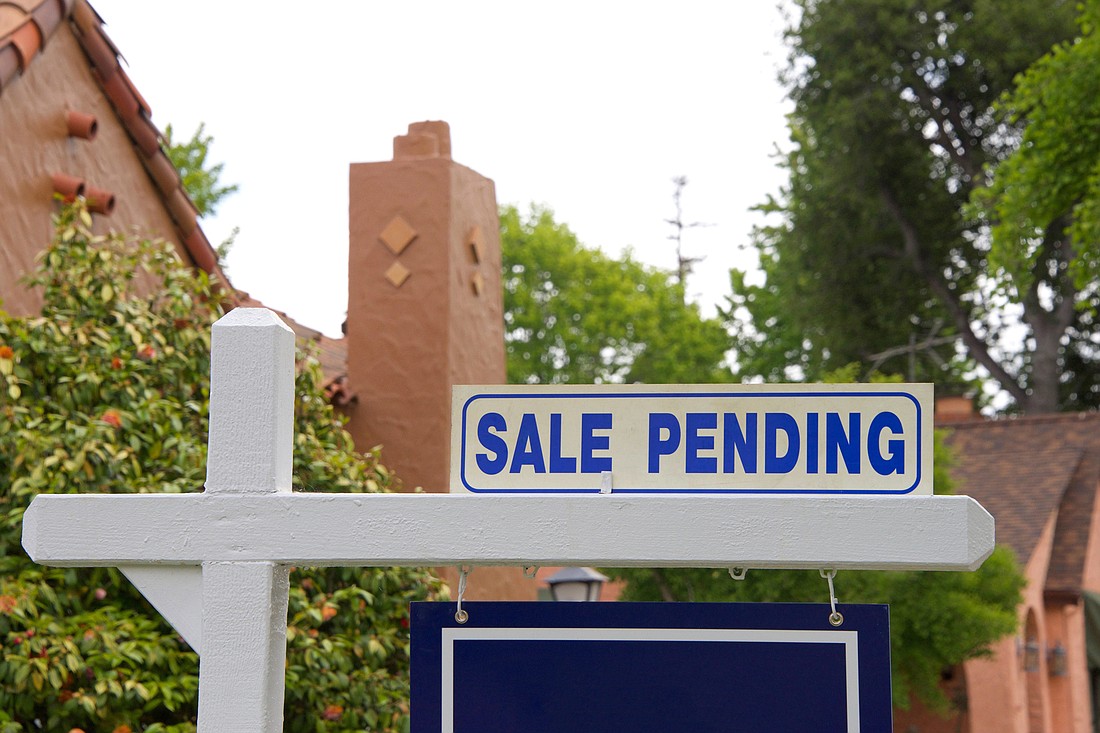- April 4, 2025
-
-
Loading

Loading

Pending housing sales dropped 10.2% nationally in September, according to data released by the National Association Realtors on Friday, Oct. 28.
The national data reinforced what observers and industry insiders have been seeing, sensing and saying for months, that the housing market on a roll just six months ago has ground to a crawl.
This was the fourth consecutive month that month-over-month pending sales fell. Year-over-year pending sales fell 31%.
Florida’s pending home sales, according to a report released a week earlier by the Florida Association of Realtors, also fell sharply in September, dropping 32% from a year ago. Pending town house and condominium sales fell 34.6% year over year in Florida.
Hurricane Ian may have played a role in Florida’s drop with closings coming to a near standstill the final week of the month, the association says.
What’s driving down pending home sales nationwide — and in the state — is rising interest rates, according to the association’s chief economist, Lawrence Yun.
Freddie Mac announced Oct. 27, that the average 30-year fixed rate mortgage was 7.08%, up from 6.94% the week before and up from 3.14% a year ago.
Yun says homeowners seem unwilling to give up lower interest rates secured before the Federal Reserve began rate hikes to slow inflation earlier this year. The payment on a $300,000 loan at 7% is about $700 per month higher than for a loan set at 3%, he says.
(Given how high home prices have risen in the past year, $300,000 houses are hard to come by meaning people’s payments are likely to increase far more than the cited example.)
“Only when inflation is tamed will mortgage rates retreat and boost home purchasing power for buyers,” Yun says.
The South, which has seen strong sales in the past couple of years as people moved to warmer climates as COVID changed work life for millions, saw less of a decline in pending home sales in September than other regions in the country, dropping 8.1% month over month.
Pending homes sales in September fell 16.2% in the Northeast, 8.8% in the Midwest and 11.7% in the West.